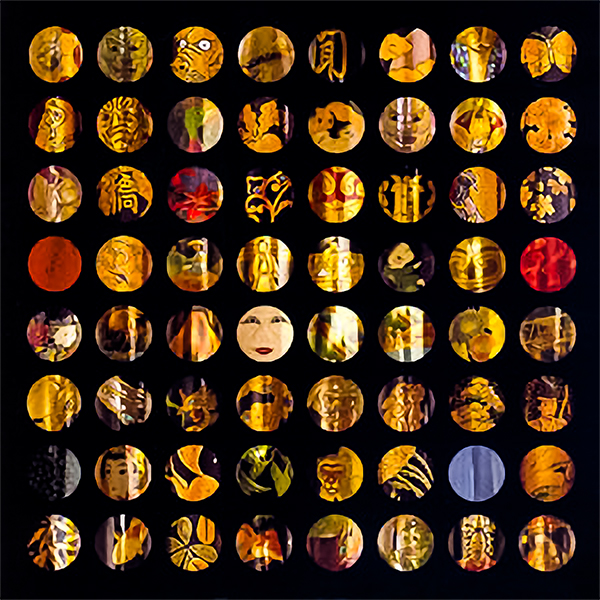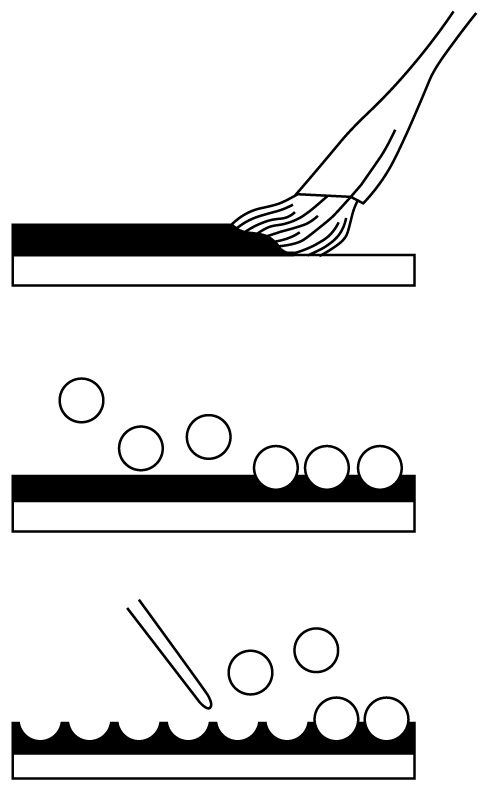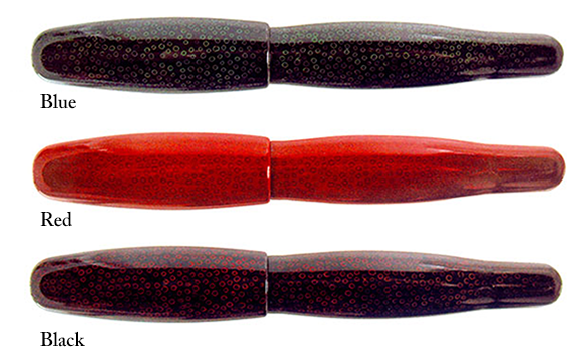Maki‑e pens


Maki‑e, an art for the soul by Bernard Lyn — The Danitrio Maki‑e Collection
Dani International Corp. has published a guidebook for Maki‑e lovers and collectors, with images of over 100 Maki‑e fountain pens designed by eighteen Maki‑e artists in the past fifteen years. The author discusses Maki‑e techniques in great detail so that readers can increase their knowledge of the art. The MSRP for the book is $99.00.
Nanako‑nuri

- A 0.05 mm‑thick layer of Urushi is applied on the object.
- Rapeseeds have surface tension and because the Urushi will be constricted when dried, it will be sucked up along with the seeds. The seeds have a width of approx. 2.4 mm.
- When the Urushi has dried, a Hera (spatula) is used to strip off the seeds, leaving crater‑shaped holes, approximately 1.65–1.95mm in diameter at the top and 1.68–2.2mm at the bottom. Colored Urushi is used to paint the surface, and the resultant piece is called Nanako‑nuri (Nanako means "fish eggs").

The Process of Shishiai togidashi Maki‑e;
| 1 |
 Jinuri unevenly with Indian Red Urushi. |
| 2 |
 Charocal powders are sprinkled and the object is dried in the Furo. |
| 3 |
 Black Roiro Urushi is applied and the object is dried in the Furo again. |
| 4 |
 Charcoal or a paper file is used to burnish the object. |
| 5 |
 Indian Red Urushi is again applied. |
| 6 |
 Gold powders are sprinkled and the object is dried in the Furo. |
| 7 |
 Shuai (orange color) Urushi is applied, and object is dried in the Furo. |
| 8 |
 Charocal is used again to burnish and crase any mark made by burnishing. |
| 9 |
 Roiro Shiage. Polish powders and fingers are used to polish and volatile oil is applied to clean the oil stains from the surface. |
Every Maki‑e artist has their own ideas and can use a variety of materials and techniques within a single method. They can even use different types of charcoal or whetstones to polish their pieces. A single Maki‑e design can be created using multiple methods and techniques, which allows artists to display their unique voices and skills.